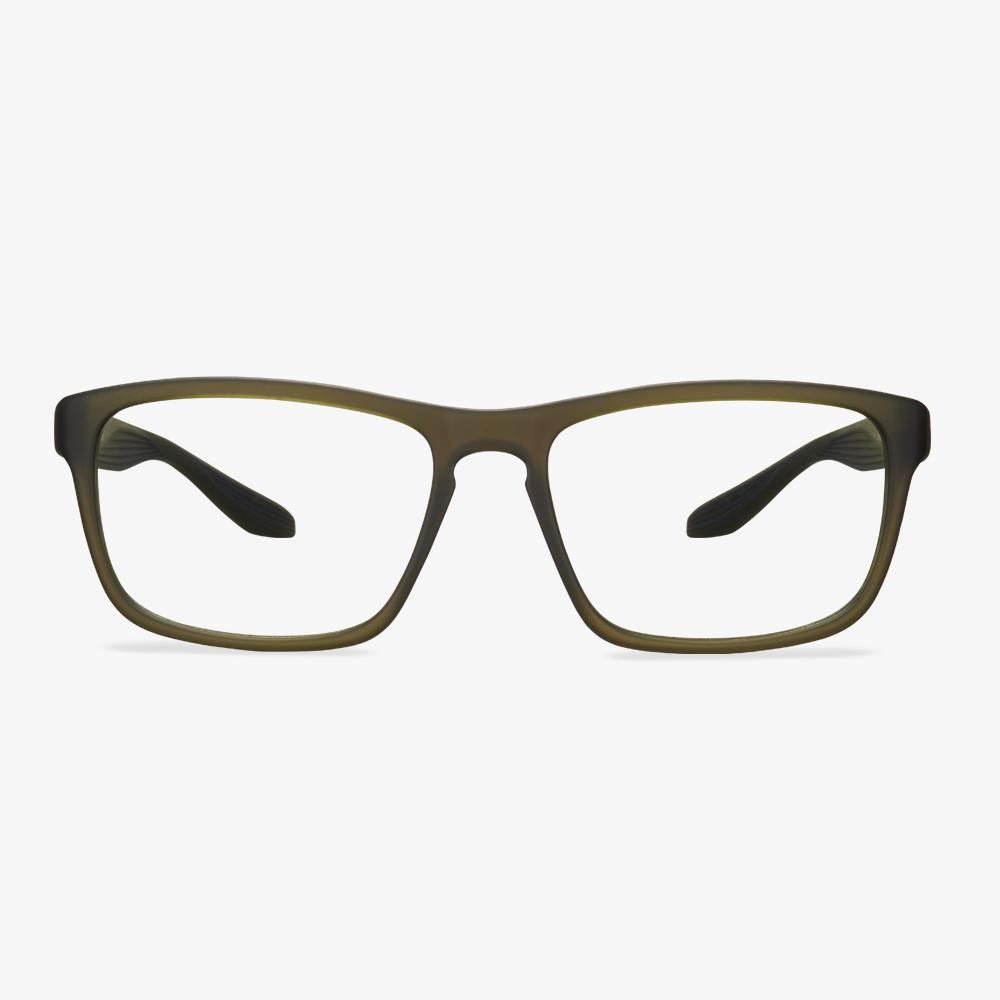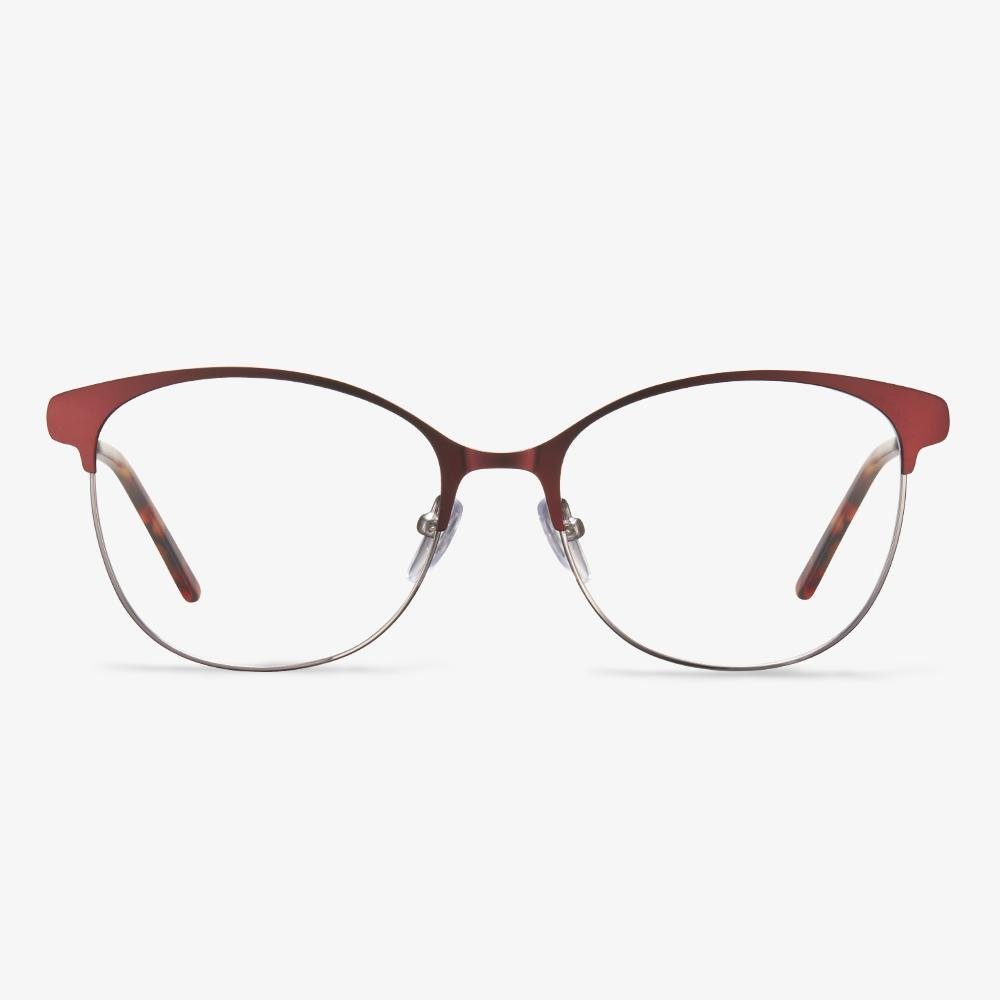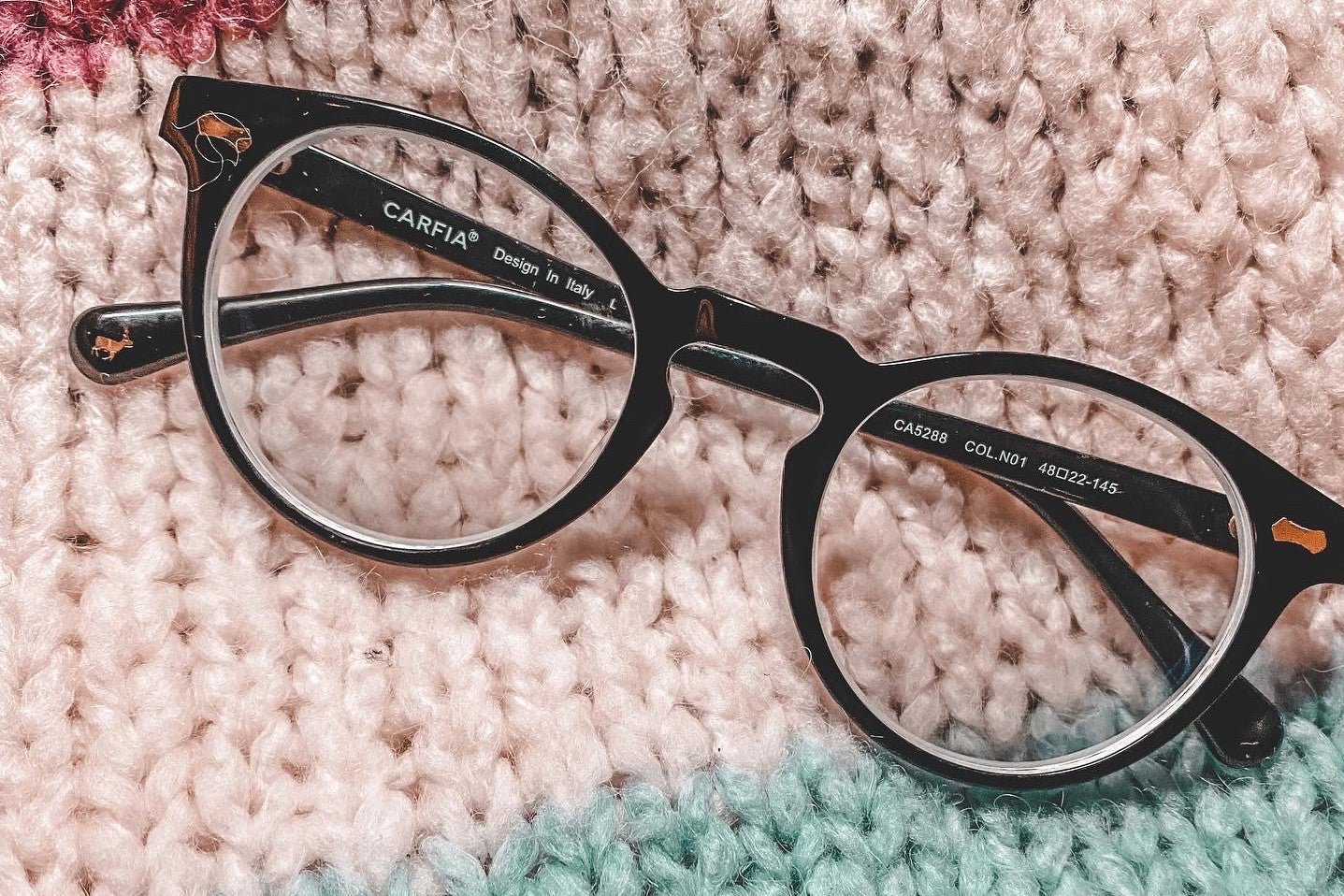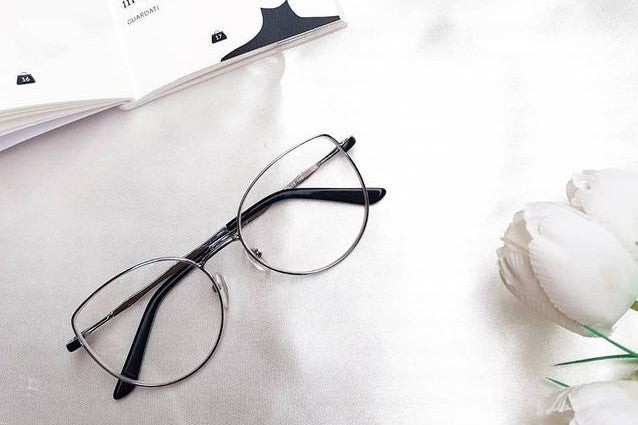How to repair rimless glasses?
First, insert the wire into a small hole in the glasses near the bridge. Pass it in and out near the bridge, then repeat the process on the other side near the temple. Once you have the thread locked, you can place the lens. Insert it into the frame and place the wire in the built-in groove. Tighten the wire so it holds the lens perfectly, then trim it to the left. Reinsert the lens into the rimless glasses. Do not try to force it back in. The best way is to cut the wires completely and replace them with new ones. Use the same process as replacing wires. To prevent glasses from popping out, tighten the wires regularly.
Eyeglass World
Eyeglass World provides glasses, trading designer brands, and a wide range of contact lenses. Eyeglass World is your one-stop-shop for all your eyewear needs. They provide designer frames, designer sunglasses, and popular contact lenses. Offers include select frames and uncoated plastic lenses. Sunglasses can also be used if the lenses are prescription or upgraded.
Progressive lenses and single vision lenses
Single vision lenses are the most commonly used prescription lenses. This lens type has a single field of view or a prescription ability of the entire lens and can be used to correct myopia (nearsightedness) or hyperopia (supervision).
Progressive multifocal lenses are lenses with different upper and lower powers for the upper part to see far, and the lower part to see near. The distance from the fixed power above the lens to the fixed power below the lens does not change suddenly, but there is a gradual transition between the two through the gradual change in refractive power.
What Are High Index Lenses?
High index lenses are eyeglasses lenses that are designed to be thinner and lighter than regular lenses. High-index lenses have a high refractive index than their conventional counterparts. High index lenses are recommended for people who have significantly high refractive errors and strong prescriptions for nearsightedness, farsightedness or astigmatism.
High index lenses are thinner, lighter and more appealing than standard lenses, but they come in several different indexes such as 1.67 high index lenses and 1.74 high index lenses. In this post, we will focus on the 1.67 high index lenses and 1.74 high index lenses.
A clear frame leads the way.
Clear glasses are almost always dominated by large frames. The big frame is an acceptable frame for any face shape. clear rimmed glasses are on the rise, so buy a pair before they hit the streets. Some are full of clean feeling, and the lens frame is slender and elegant. Some models are simple and versatile, suitable for all kinds of fashion styling. Light and fashionable, the collocation of clear frame and aureate glasses frame, is rich high-quality goods feeling.
Can night driving glasses prevent blue light?
Night driving glasses are called night vision goggles. Some night-driving glasses have anti-reflective coatings. Night driving glasses reduce glare by scattering and filtering blue light. Blue light is the shortest wavelength in the spectrum and is possible to cause glare when it enters the eye. The night driving glasses, available in colors from yellow to amber, filter out a lot of glare, and other light, and then make it difficult to see in dark conditions. But tests and studies have shown that night driving glasses don't improve night vision or help drivers see pedestrians faster than they won’t wear them.
Polycarbonate vs Plastic Lenses: Which One Is Better?
From the above information, you may have learned some features of polycarbonate glasses and plastic lenses. So, do you know which one is better?
Here are some a few differences between both lenses to determine which one is better.
- Polycarbonate lenses are more expensive than plastic glasses.
- Polycarbonate lenses are very resistant to tint compared with plastic lenses which accept tints.
- Polycarbonate glasses have inherent UV protection, while plastic lenses do not have.
- Polycarbonate glasses have higher impact resistance and offer greater protection than plastic lenses.
- Polycarbonate glasses are lighter than plastic glasses.
- Plastic glasses have a higher optical clarity than polycarbonate lenses.
So, from the above part, you may have learned which one is better and you may have a decision of how to choose.











































